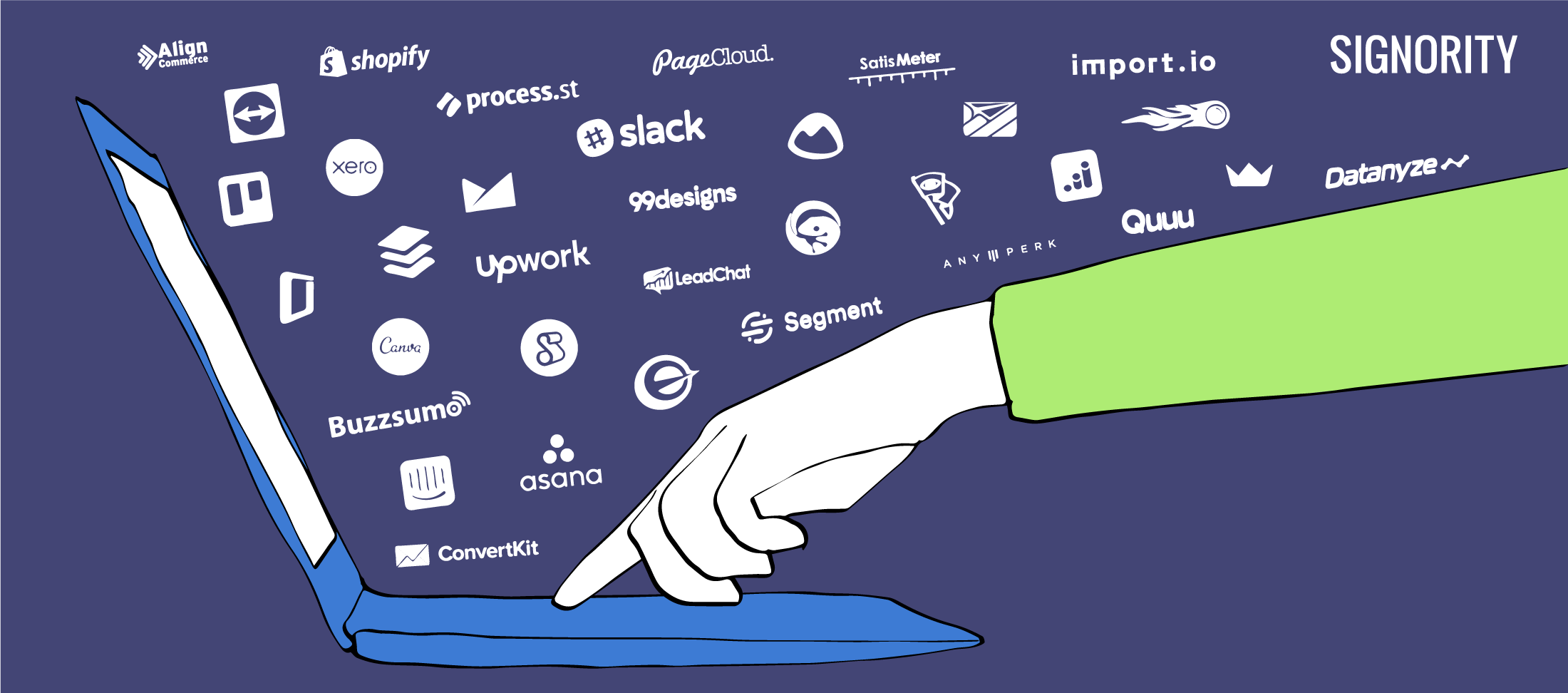We’re back with the second installment of eSignature solutions for SME industries! Once again, we’re ready to prove that eSignatures can enhance any industry.
Without further ado, let’s get started with our top 5 industries:
1. Education
The education sector deals with a lot of paperwork. Schools must keep track of thousands of students and employees. If things aren’t done as efficiently as possible, this can quickly become overwhelming and completely unorganized. Digital signature solutions will make sure things run as smoothly, and efficiently, as possible. They can do so in many ways, such as providing staff with pre-built templates. Instead of creating individual documents for each recipient, staff can save a tremendous amount of time by sending out these pre-built templates. Not only will this help the staff, but it will also enhance student services and a student’s overall experience. Administration can speed up important processes, such as admission, course changes, and student loans. Moreover, the document sender can view real-time updates, and send reminders when necessary.
2. Construction
Digital signature solutions can keep projects on time, unify all parties, and manage important documents in one place. With their ease of use and instant delivery, projects will never be delayed from the unnecessary waiting and back and forth handwritten signatures bring. Moreover, since there are usually several teams involved, this can exacerbate the waiting period and make everything that much more complicated. Using electronic signatures keeps everything in one place, unifies all parties and opens a direct line of communication, through real-time updates. By sending automated reminders, you can ensure all activities stay on track.
3. Customer Service
eSignatures can drastically improve the overall customer experience. Agents can respond faster to customer inquiries, keep customer information current, and eliminate clerical errors. Using electronic signatures streamlines field support, allowing agents to acquire customer signatures faster! On the flip side, customers can sign from anywhere, anytime, and on any device— increasing overall customer value! For both parties, eSignatures makes the entire signing process easier, simpler, quicker and hassle free!
4. Finance
The finance industry is extremely paper heavy. Paperwork must be signed for virtually every transaction. As you may know, paperwork is particularly tedious, mundane and, frankly, a waste of time. eSignatures solve this problem, by bypassing traditional time delays— never miss a deadline again! For example, every document requires meticulous review, which would normally fall under an agent’s responsibility. By using electronic signatures, the software can do it for you! As such, the entire transaction and approval process would be shortened and quickened. With all this newfound free time, agents can focus their work on what really matters, their clients. Moreover, eSignatures are legally binding, and far more secure than handwritten signatures. Digital contracts have stronger transaction security and reduced opportunity for fraud. Additionally, they require signature authentication and provide users with an audit trail.
5. Human Resources
Human resources can benefit from using electronic signatures in a multitude of ways. Ditch the paperwork, and make signing documents easier for new hires and for internal operations. You can create and reuse templates, and ensure all the required information is correctly filled in. Additionally, you can even cut the time it takes to obtain signatures in half— just imagine, no longer having to chase employees to sign! You can also keep track of all employee contracts and milestones in one safe and secure place. Through this, you can onboard, manage and transition employees smoothly— plus, it’s a great first impression for new hires!
Digital signature solutions are quickly making paper contracts obsolete and for good reason. Stop living in the past, and experience their immense benefits first hand!
Missed Part 1? Click here to learn about more industries that can be enhanced by eSignatures.





